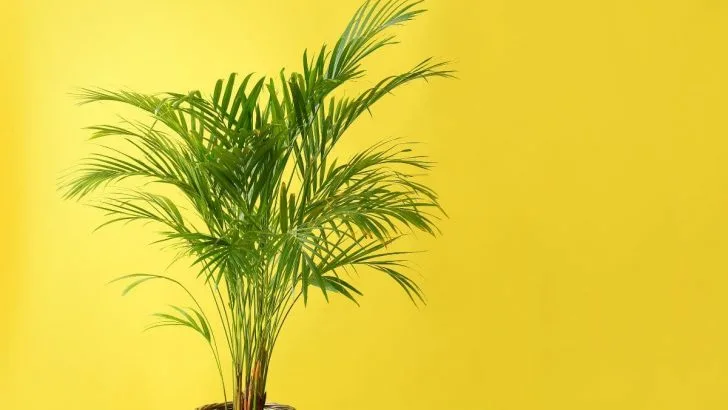Cat palm is a perfect low-maintenance plant and today we bring the care guide for cat palms. Its care guide isn’t the only thing you’ll learn about this plant today.
Palm plants might be a bit harder to take care of, but this plant, we can’t look at it as a true palm. Such a plant is a coontie palm. These palms are indoor plants that require much less care.
We could simply say right away that you should consider soil moist, and avoid too much fertilizer, but that’s not all. No matter how simple it is, its care guide requires more detail. Once we’re done, you’ll be a green thumb master of cat palms indoor plants.
Let’s read in detail about the features of cat palms and their ultimate care guide then.
About A Cascade Palm – Cat Palm
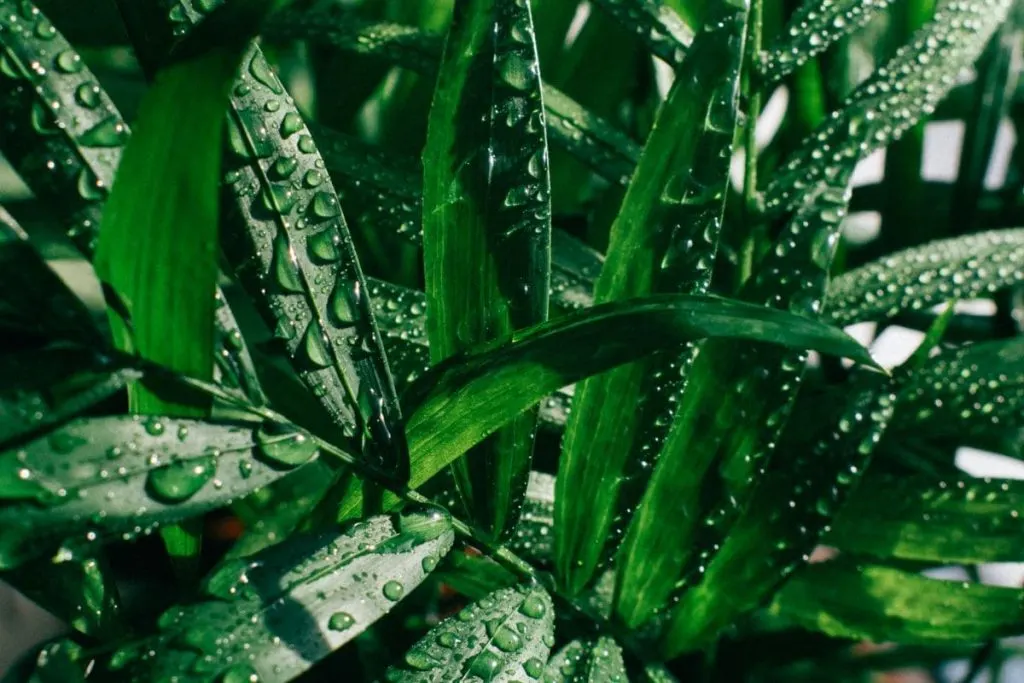
Before we dig into what potting soil you should choose for this plant and how to avoid damaged root ball, let’s check this out.
Below you’ll find some basic but very important information about cat palm trees. Let’s find out what makes this plant so special for all the plant lovers out there.
- Native habitat: southeastern Mexico, Florida, Central America,
- Scientific name: chamaedorea cataractarum
- Common names: cascade palm, cascade or cataract palm, areca palm, cataractarum palm,
- Family: Arecaceae
- Leaf shape: pinnate to feather-shaped leaves
- Use: indoor palms, indoor decor plants
- Toxicity: cat palm safe for humans and pets
- Wildlife: insects, birds
- Growth rate: cat palm plant is one of the slow growers
- Where to locate it: full sun position to bright indirect light, prefers direct sun, locate it in high humidity rooms, avoid low humidity areas, soil evenly moist, sand to peat moss.
Cat Palm Care Guide – Cataract Palm Indoors
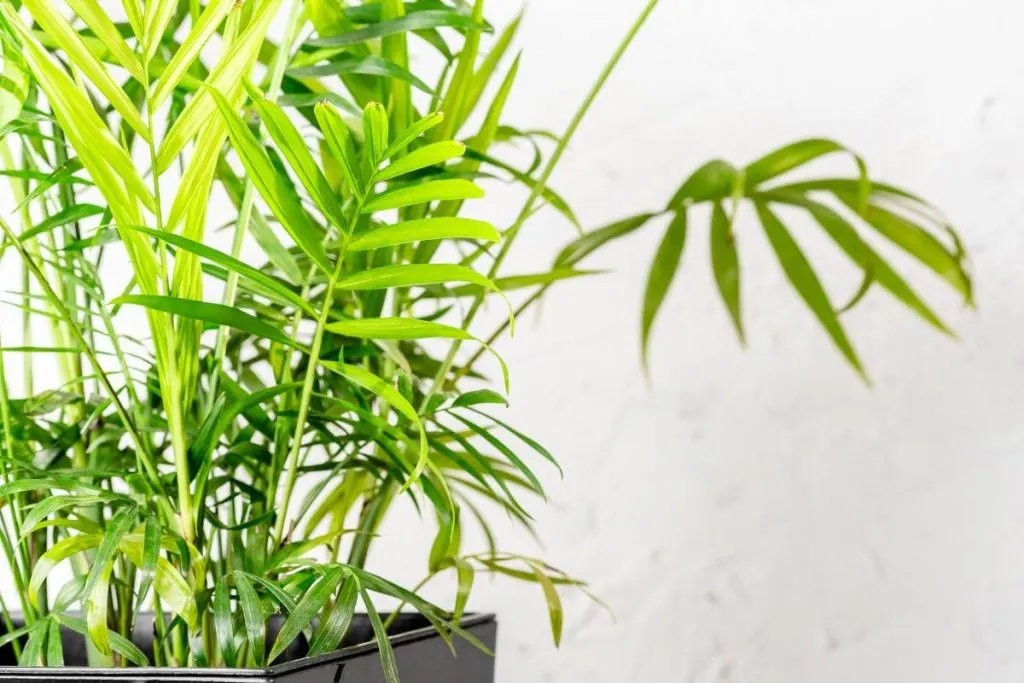
In order to avoid issues such as leaf damage, root rot, dry air, and diseases, below we’ll learn how to properly take care of a cat palm.
You’ll learn how to treat plants in (late) winter months, how to treat them in spring and summer, and much more.
If you learn how to do this properly, you’ll be surprised by how wonderful such a simple plant can get. Let’s check it out then.
Is Cat Palm A Good Indoor Plant?
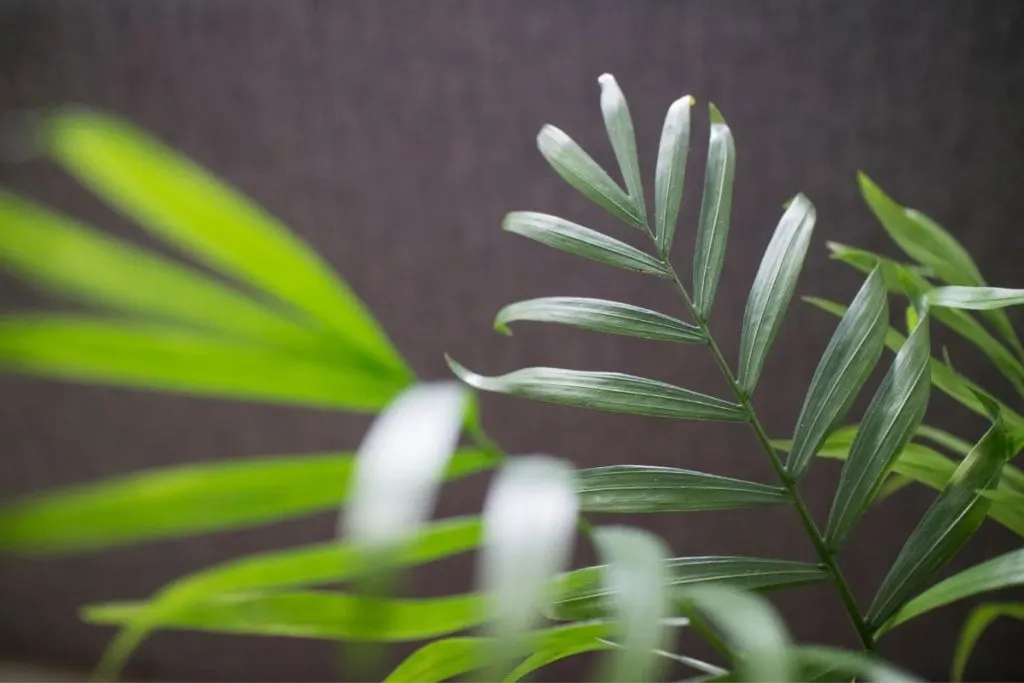
The cat palm plant is a much better indoor plant than it is outdoors. You can grow it on the terrace, for example. However, planting this plant directly in the ground like other plants you grow outside…
Hmm, not the best idea. We advise you to stick to the walls of your home because the inside will be the best version of itself.
Light Needs Of The Cat Palm
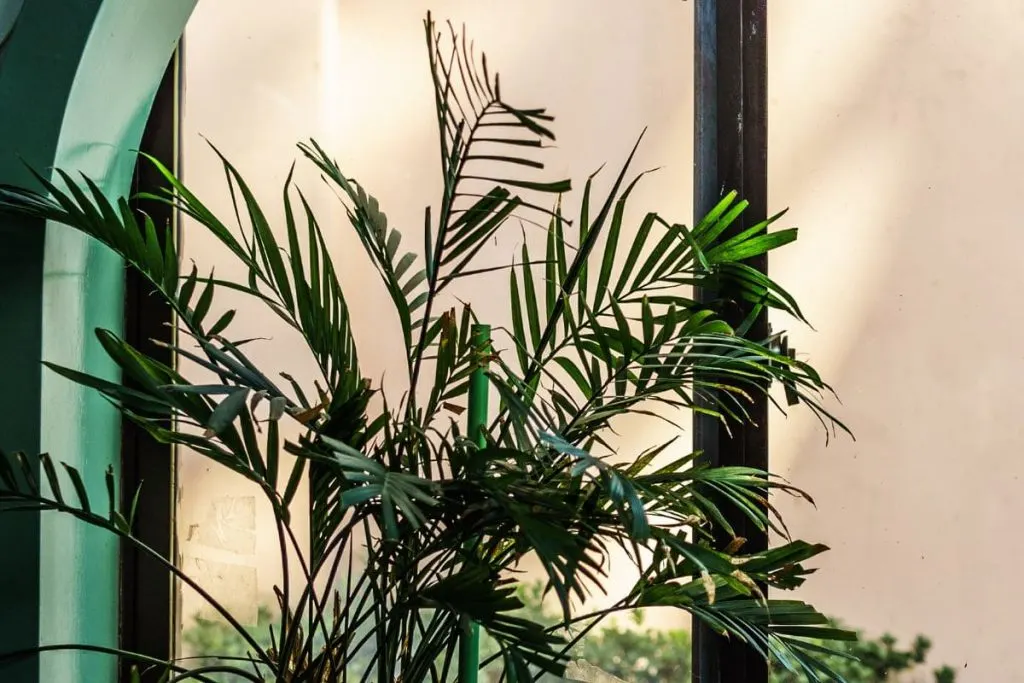
The best way to preserve and encourage the perfect appearance of this plant is a sunny position.
The sun means a lot to this plant. The sun is what gives its leaves their full appearance, shine, and beautiful green color.
Place this plant on an east or southeast window. There they will get the perfect light. If your apartment doesn’t have direct sun, I won’t lie to you, that immediately means fewer crops for this plant.
Light and the sun cannot be compared in terms of their properties. This plant really needs the sun to grow perfectly.
It will naturally get partial shade in the afternoon when the sun moves, and that’s exactly what this plant likes the most.
Water Requirements
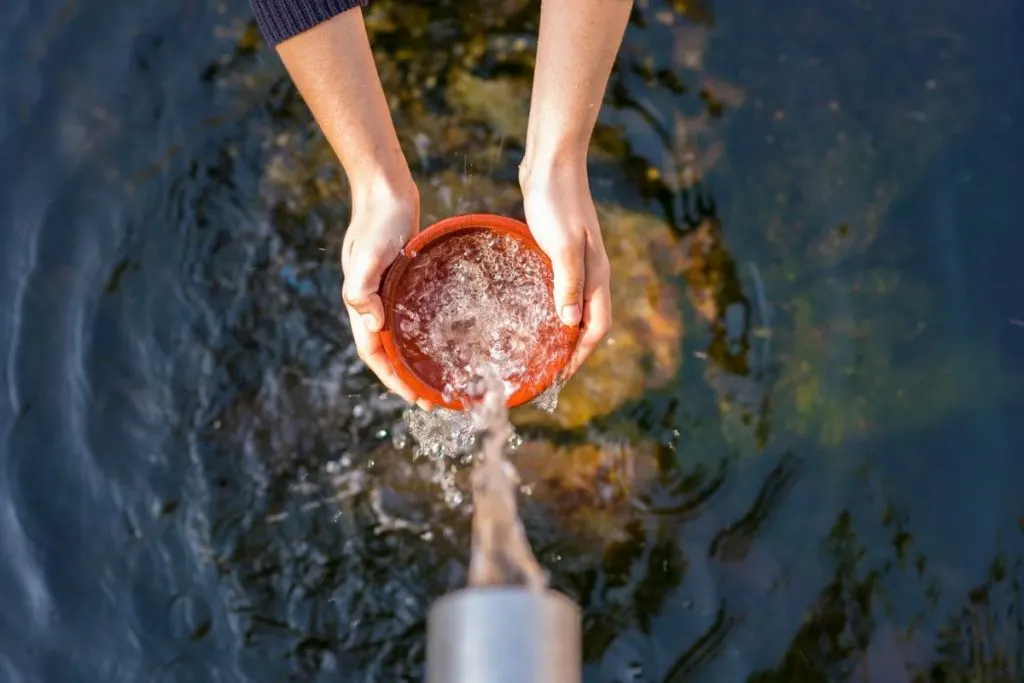
When watering, pay attention to several things: the type of water, drainage holes, and the amount of water you give the plant.
Salty water, for example, is something you should avoid with this plant. Too much salt contained in the water can cause spots on the leaves of this plant.
Instead of tap water, prefer to use distilled water for this plant. If not all the time, but this water at least once a month or twice.
The advantage is that you can get it literally everywhere and it is very cheap. More moisture in the summer months is something that should be routine for this plant.
Especially if a plant is located at a full sun position during summer. but with a finger check every time before watering.
Always do the same depth finger check. That is around 2 inches deep. Some people water the plant more in the summer, but without checking the soil moisture.
This leads to problems in 10-12 days. If you happen to overdo it yourself, the drainage holes are there to save you, which will drive away the excess water.
But don’t rely on them all the time. Rather, water properly and in a controlled manner. Then you have no need for damage control and worries.
The Best Soil Type For The Cat Palm
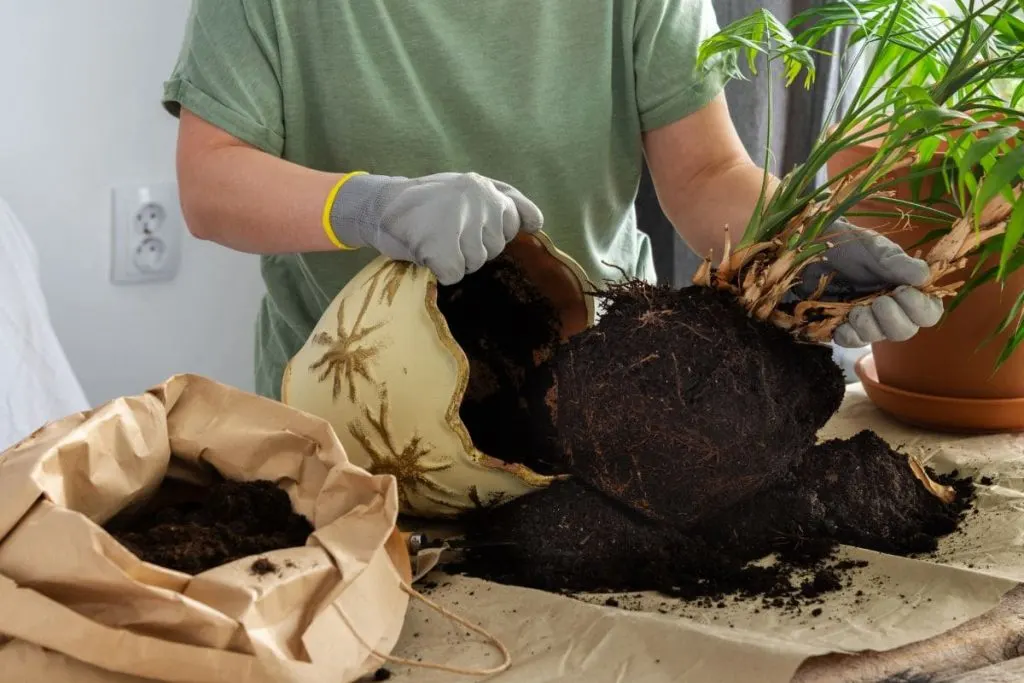
If there’s one thing we’re 100% sure of, it’s this – palm trees love sandy soil. Although this plant is not a true palm, it also likes sand and will grow particularly well in sand.
You can always add peat or perlite soil to the sand, but just enough to break the neutrality of the soil, without the soil becoming too acidic. This plant does not like acidic soil.
You can add organic matter to the soil at the time of planting, at the beginning. If you are not for that, you can then wait for spring when you will fertilize your plant.
Fertilizer
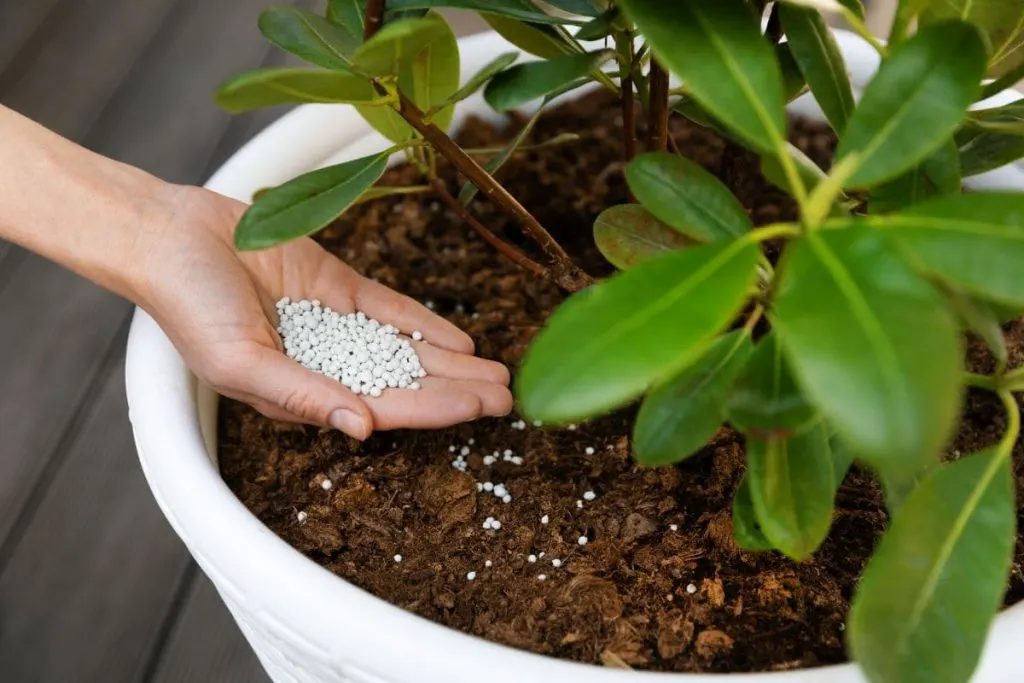
Fertilizer is not something you need to worry about when it comes to this plant. This is quite simple for this plant. Buy a balanced liquid fertilizer or slow-release fertilizer for this beauty.
Fertilize them once a month with a liquid fertilizer, and with slow-release fertilizer 2 per year. Make sure you don’t water them much in this period so that you don’t wash the fertilizer off the soil right away (this can happen as well believe it or not).
We don’t suggest using regular fertilizer on this plant. If you have a regular houseplant fertilizer, do not use it on this plant too. The plant isn’t a heavy feeder but needs a bit of effort when it comes to feeding.
Temperature And Humidity
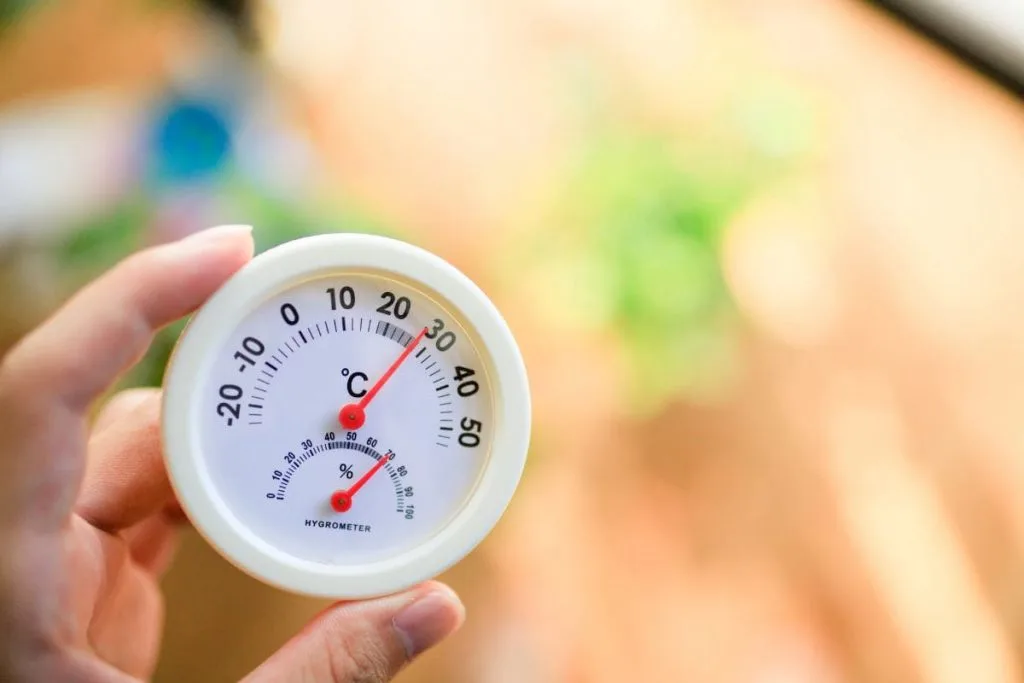
This beautiful plant will be happiest in a temperature range between 65 and 75 degrees Fahrenheit.
In this perfect temperature ratio, the plant will have a fantastic appearance. It does not like sudden changes in temperature.
Even if you take it to a room with a lower temperature, you will see changes in it for the first few days until it adapts. Bringing it in from the outside will irritate it perhaps more drastically.
Then you will notice spots on the leaves. These are usually brown spots on the upper side of the leaves. Air humidity should be between 50-60%. This plant does not like dry air.
Today, most homes often use an air conditioner. If you yourself are like that, then buy an air humidifier. In this way, you give the plant a chance to cope with these conditions and grow unhindered.
Humidifiers are very cheap and you can buy them on eBay or Amazon. Do not put them right next to the plant.
Place them in another corner of the room where they will not be a problem, and at the same time, they will improve the air for both the plants and the household.
Cat Palm Pruning And Propagation
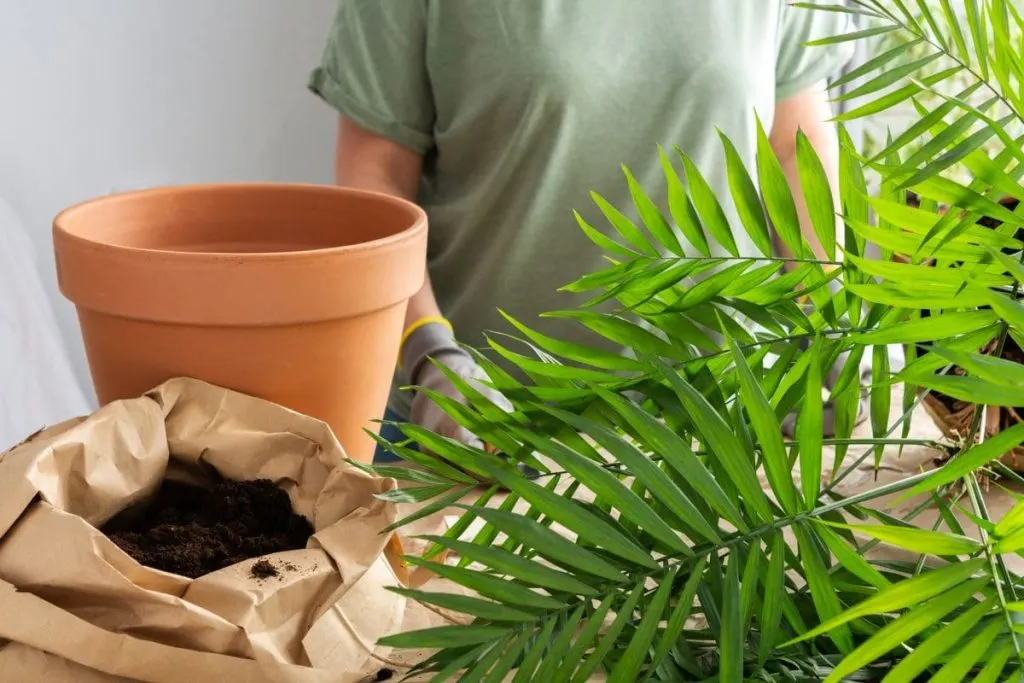
Trimming will rarely be needed indoors. If this plant were outside, it would need to be pruned much more often. But inside, they may encounter some problems that happen when you have a lack of attention for your plant.
Sudden changes in temperature, too much water, too little humidity, and the like. All this leads to damage to the plant, the consequence of which should be pruning. In this way, preventing the further spread of the resulting damage.
Root suckers are easy to root this plant. The plant often gets them in stressful situations for the plant. Plant them in a new plant on the same principle as you planted the first plant.
Common Issues With Cat Palms
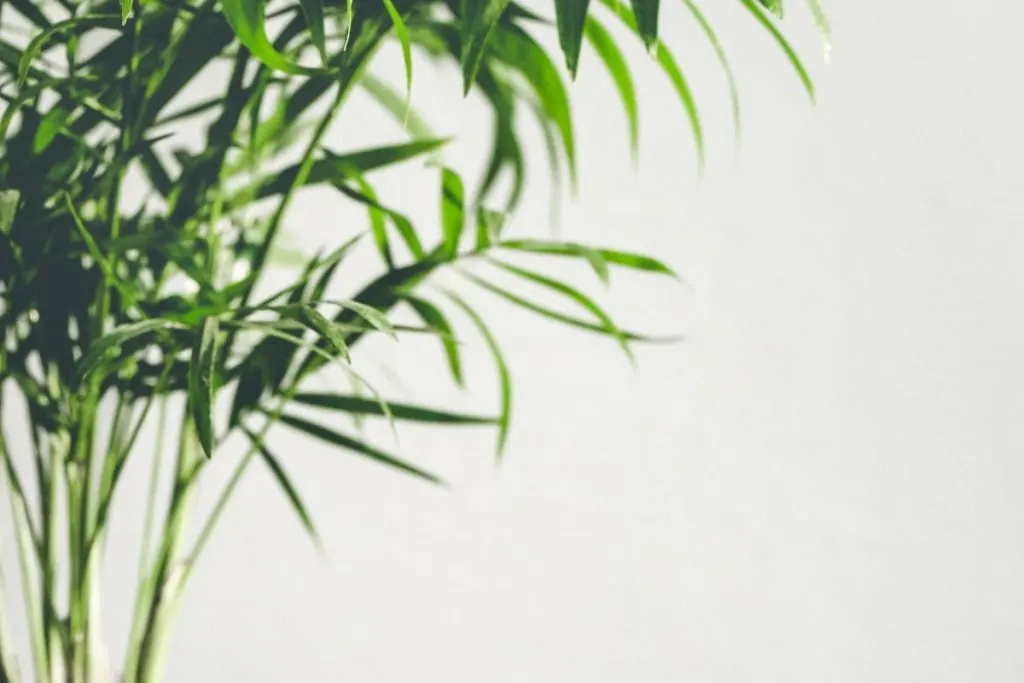
Sometimes we will simply forget about some small thing and it will cause a walk on our planet. But what then?
Shall we throw it out? No! Once you have identified the pests, it is important to know how to deal with them and how to get rid of them. Let’s learn it.
Spider Mites
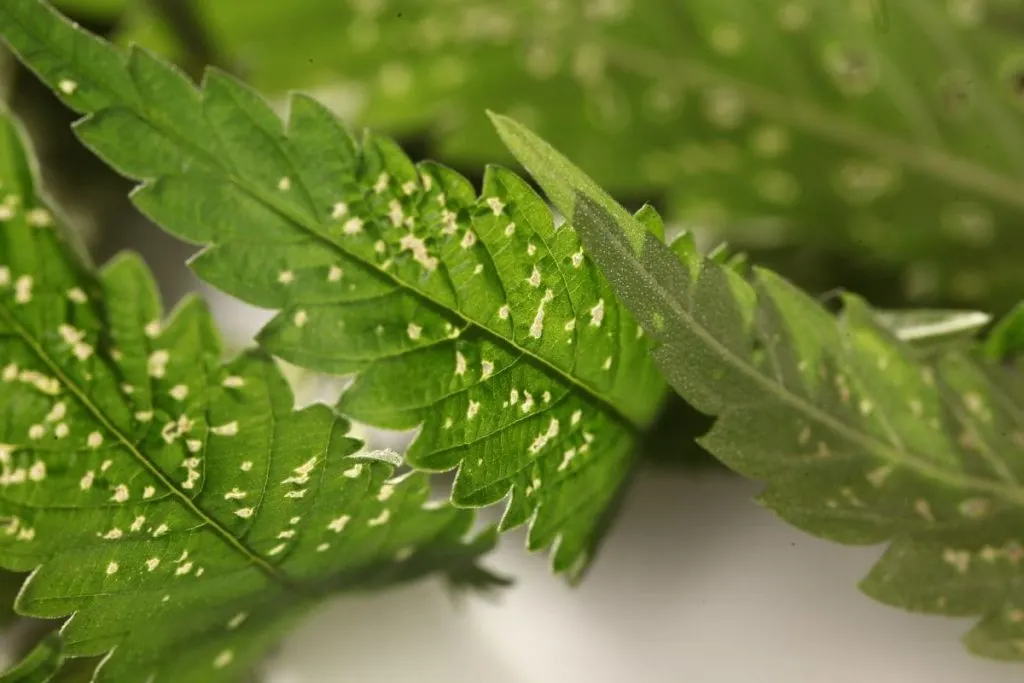
Learning how to get rid of spider mites during flowering is a bit more challenging than getting rid of them on the plant’s leaves.
Let’s face it, getting pests is no picnic in a park, but it is easier to fix the damage from the leaves right away rather than the leaves and flowers as well.
How to recognize these awful pests? They are little bugs, barely seeable, usually dark, dark red and black. They look like tiny spiders. They feed themselves with nutritious food from the leaves.
Once they’re done with the leaves, they usually start yellowing, or they leave holes in it the leaves. To get rid of them, try the following things:
- essentials oils
- neem oil
- insecticidal soap
- alcohol solution wash
- horticultural oils
- diatomaceous earth
- harsh chemicals (be careful with these)
Yellow Or Brown Fronds – Yellow Leaf Tips
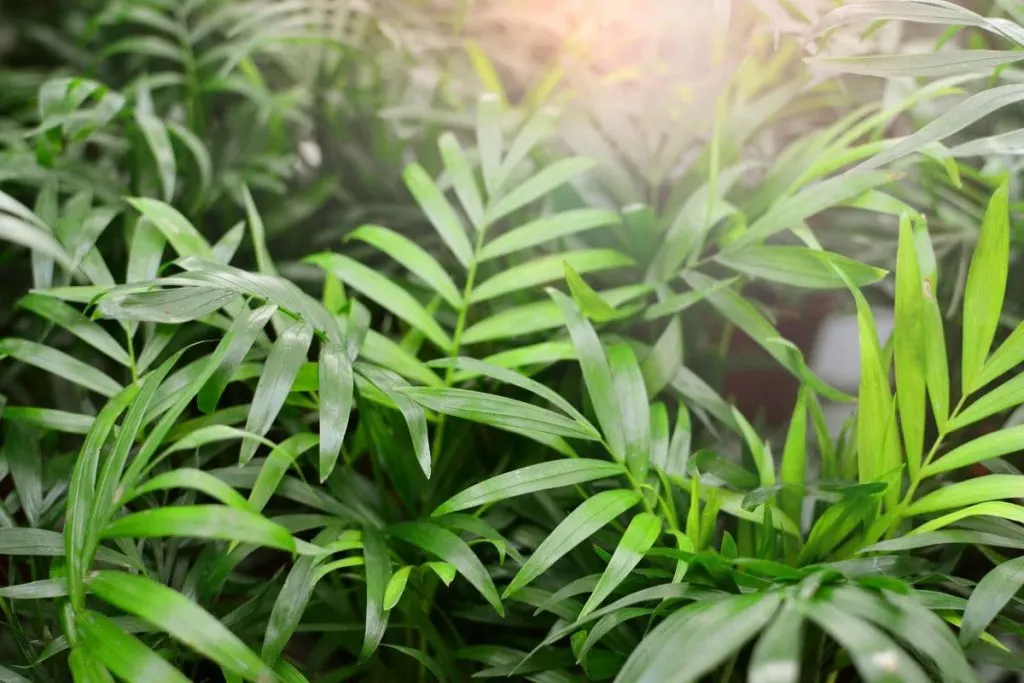
If your plant turns yellow or brown, i.e. its leaves, something has gone wrong. A sudden change in temperature, a lot of water, a little water, a problem with air humidity, there are many culprits. Determine which of the above is the culprit.
Once you’ve determined that, do something about it. Reduce or increase the water, increase the air humidity, do not play with the temperature in the room, and the like. A leaf or two that are yellow will surely fall off, but you can save the others.
Fungal Disease
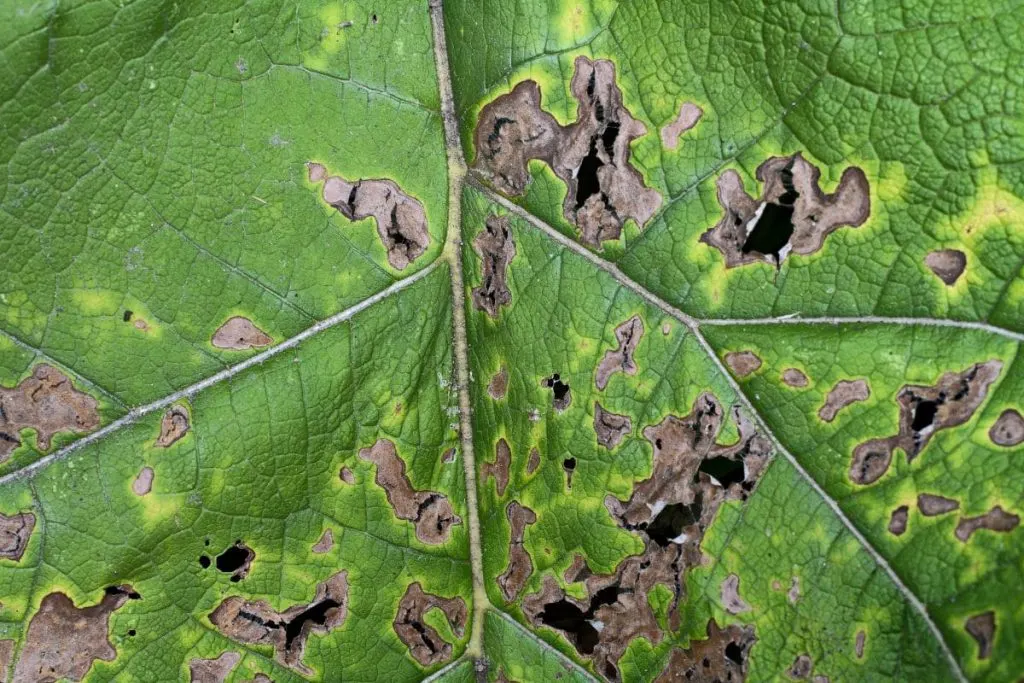
Fungal disease is usually caused by too much water. These are exactly the ideal conditions for the development of this disease in your plant.
Reduce watering until the plant calms down. In the meantime, to prevent the spread, use these things:
- miconazole
- terbinafine
- fluconazole
- ketoconazole
- nystatin
Final Thoughts About The Cat Palm
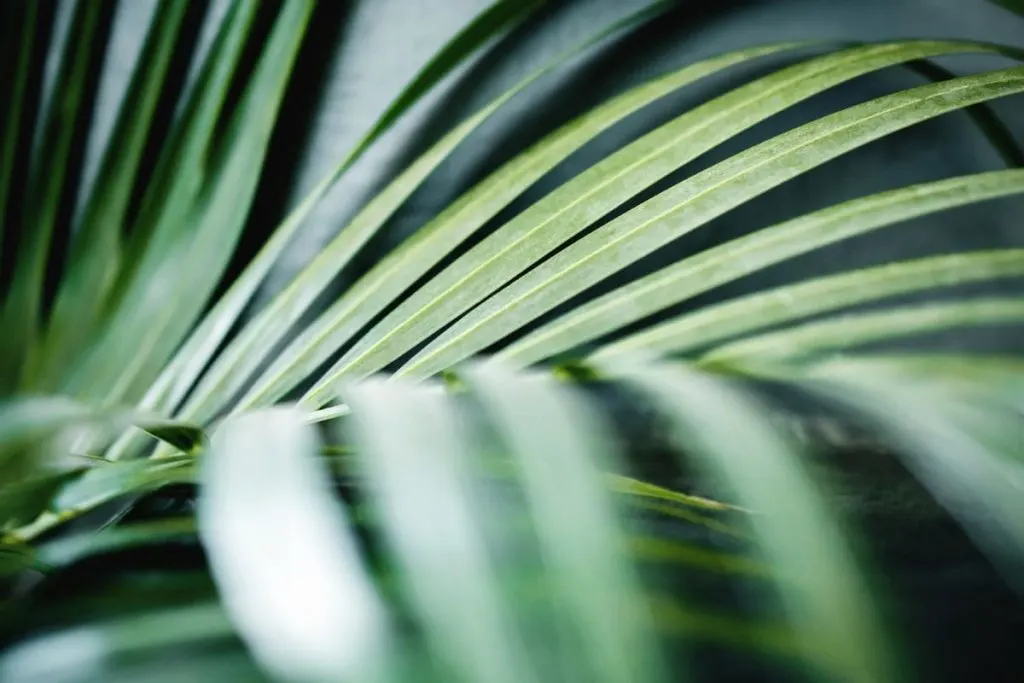
How did you like cat palm? Are you considering getting it for your home now? If you loved this plant, I’m sure you’ll enjoy foxtail palm, types of palm trees in California, and types of palm trees in Florida.
So, let’s sum it up. For perfect condition of your cat palm, you’ll need balanced liquid fertilizer monthly, slow-release fertilizers, an ideal temperature range of 65 to 70 degrees Fahrenheit, a drainage hole in the pot, bright light mixed with full sun, and never a dry soil.
Voila! Follow this and you got yourself a perfect and healthy cat palm indoors.
That would be all for today, see you soon!

